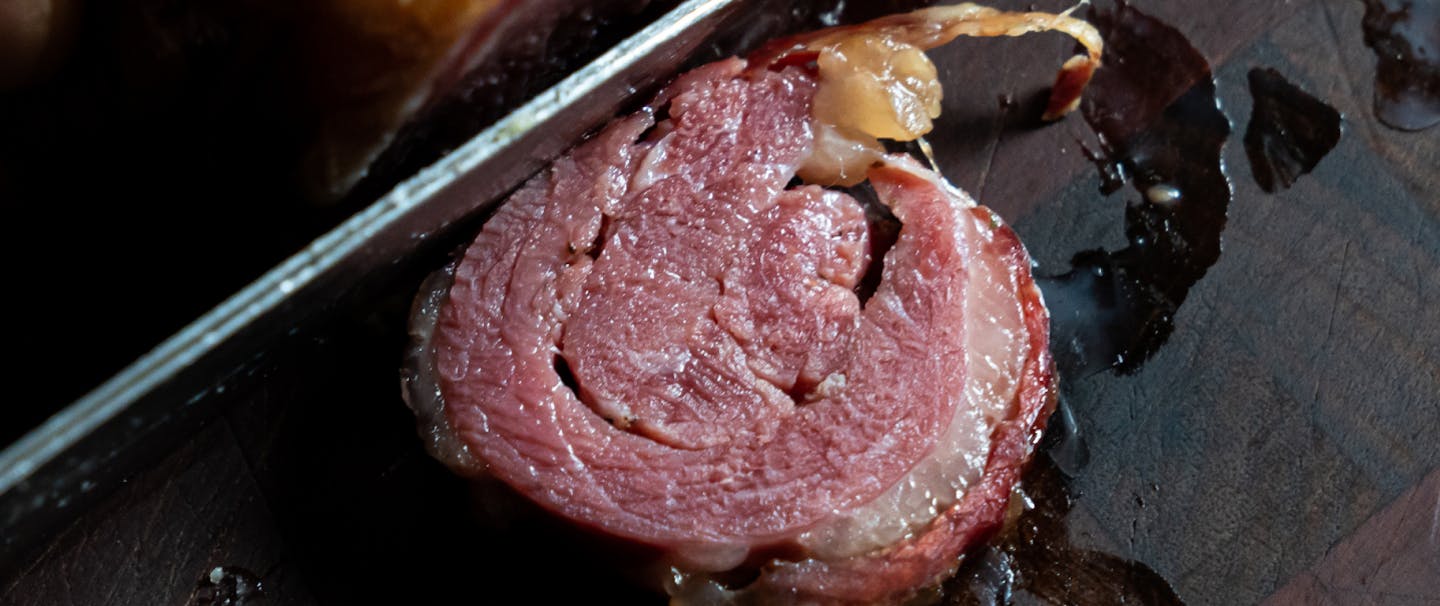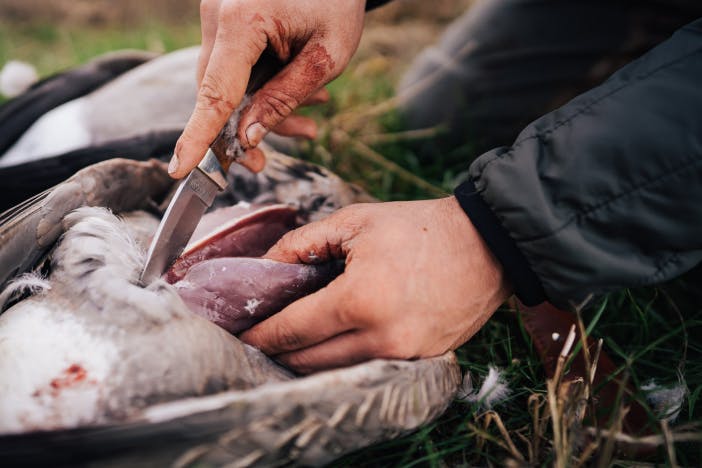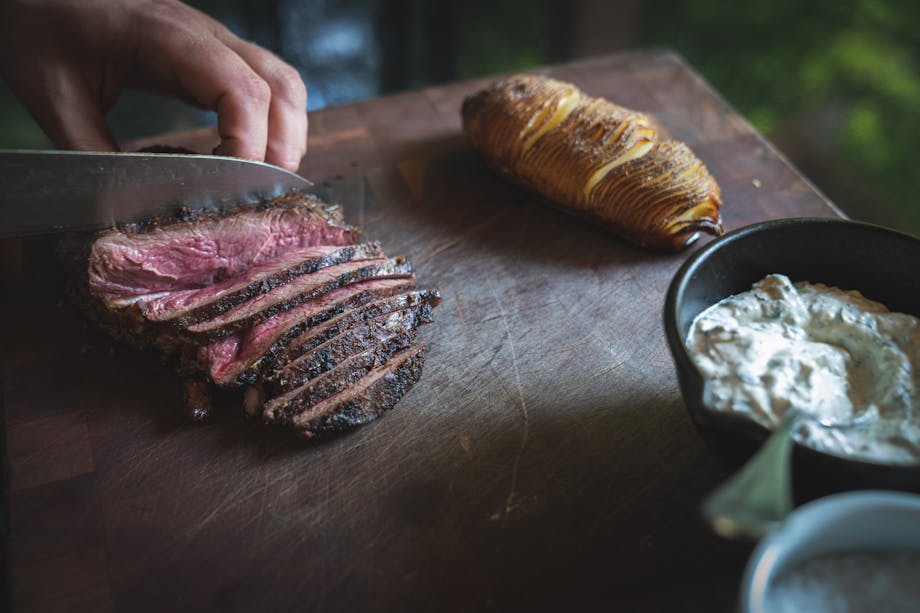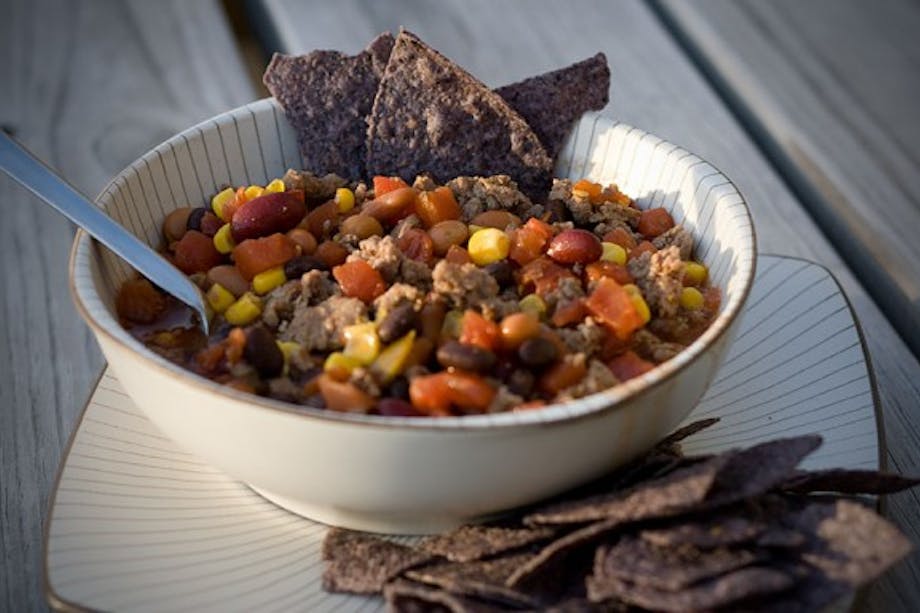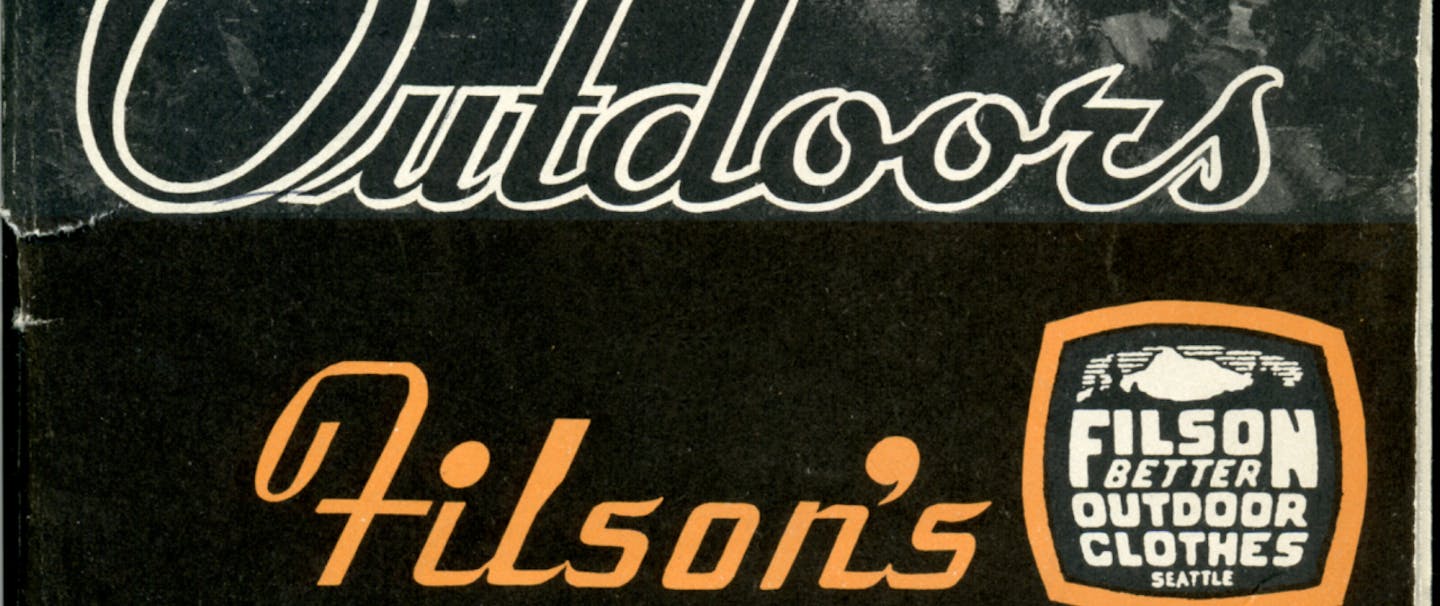Before you start licking your chops imagining sitting down to venison bacon and eggs in the morning, we must disclose that this is not that kind of bacon. If you are set on the more familiar pork belly bacon though, this recipe will work just fine with some small adjustments.
“Due to the nature of the fat in venison, it eats very differently. Where this specific bacon shines is in applications in which it is cooked in a dish. Some examples include beans with bacon, brussels sprouts with bacon, spaghetti carbonara, and so on. But wait—don’t walk away from this recipe just yet! Take my word for it—having a couple pounds of venison bacon in your freezer outweighs having an extra pound or two of ground venison. Make this bacon. The adjustments needed for pork bacon are included in the recipe.” – Connor Gabbott, Backcountry Hunter & Professional Chef
Note: Pink salt is a crucial ingredient in bacon and can be found online.
Makes approximately 1½–2 pounds of bacon.
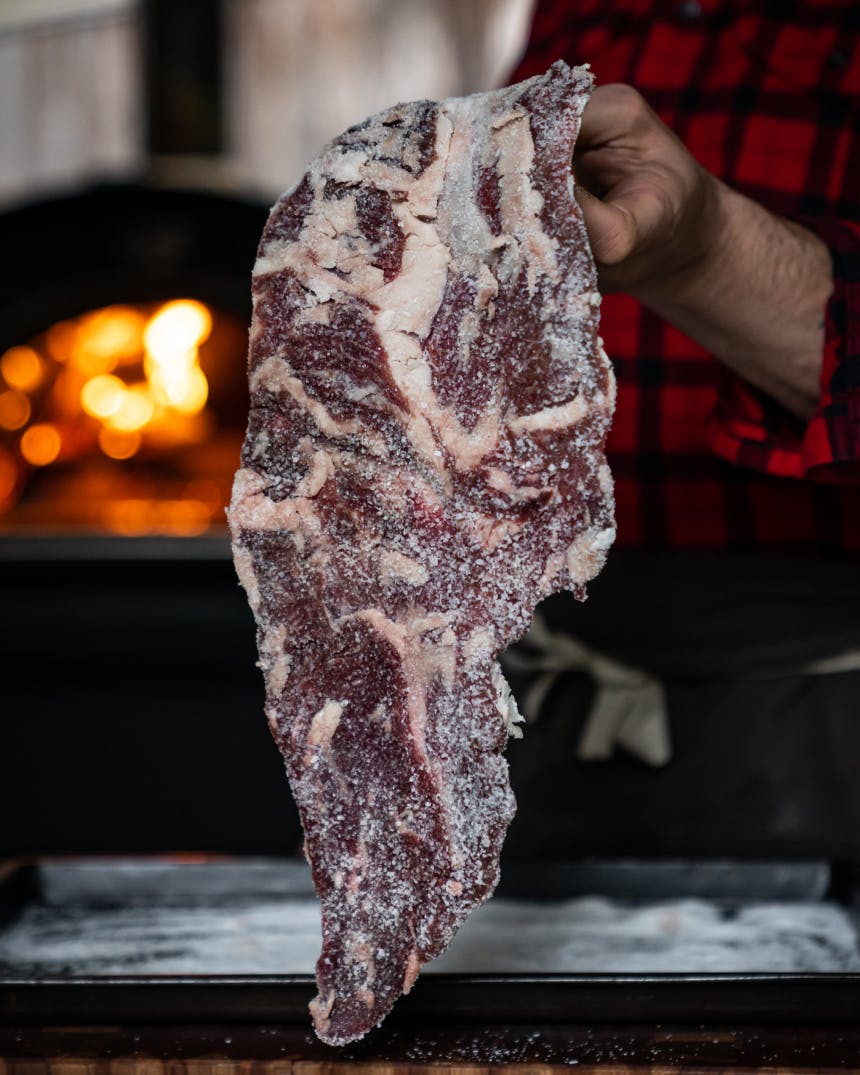
Ingredients:
2½ pounds Venison belly, approximately 2 whole bellies
Seasoning
1 tbsp Black peppercorns
5 Juniper berries
3 Bay leaves
3 cloves Garlic
Dry Cure
4 ounces Kosher salt
2 ounces Sugar
½ ounce Pink salt
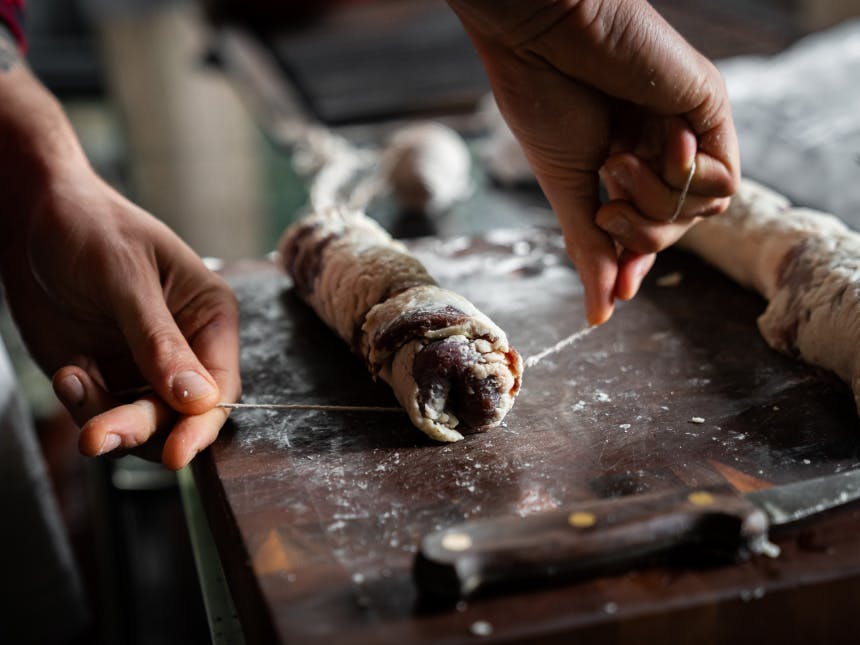
Steps:
1. Trim the venison belly of all surface fat. In the images, you can see that some of the fat was left on, but for best results, try to remove as much as possible at the beginning.
2. Place all of the seasoning ingredients into a mortar and pestle and crush until the mixture turns into a loose paste.
3. In a small bowl mix the dry cure ingredients and spread the mixture evenly over a flat surface, such as a baking sheet.
4. One at a time, press the bellies into the dry cure, flip, and repeat. Make sure the dry cure coats every surface of the belly evenly. This ensures just the right amount of cure.
5. Transfer the bellies to a large zip lock bag and add the seasoning paste.
6. Massage the paste into the bellies until it is evenly distributed.
7. Squeeze the air out of the bag and seal. Using a sealable bag is crucial in the curing process. As the belly cures, it will leach out liquid and dissolve the dry cure. It’s important that the meat remains submerged in the liquid during this process, and using a hard container can limit this.
8. Cure the belly for 8 hours, then flip the bags over and cure for another 8 hours or until the belly is firm to the touch and no longer squishy. For pork belly, cure for seven days or more, until the belly is firm as described.
9. Remove the belly from the cure, rinse it under fresh water, and pat dry.
10. Roll the belly lengthwise and tie using butcher twine. For pork belly, skip this step.
11. Place the belly onto a wire rack and set it over a roasting pan filled with ice. See the image.
12. Transfer the belly to a hot smoker or an oven set to 180°F and place a probe in the middle of the thickest part.
13. Cook the belly until it reaches an internal temperature of 125°F. For rolled venison belly, this will be approximately 2 hours.
14. Raise the smoker/oven temperature to 225°F and cook until the internal temperature reaches 160°F.
15. Remove the bacon from the smoker/oven and allow it to cool at room temperature.
16. Once cool, remove the butcher twine, wrap tightly, and store in the freezer until ready to use.
